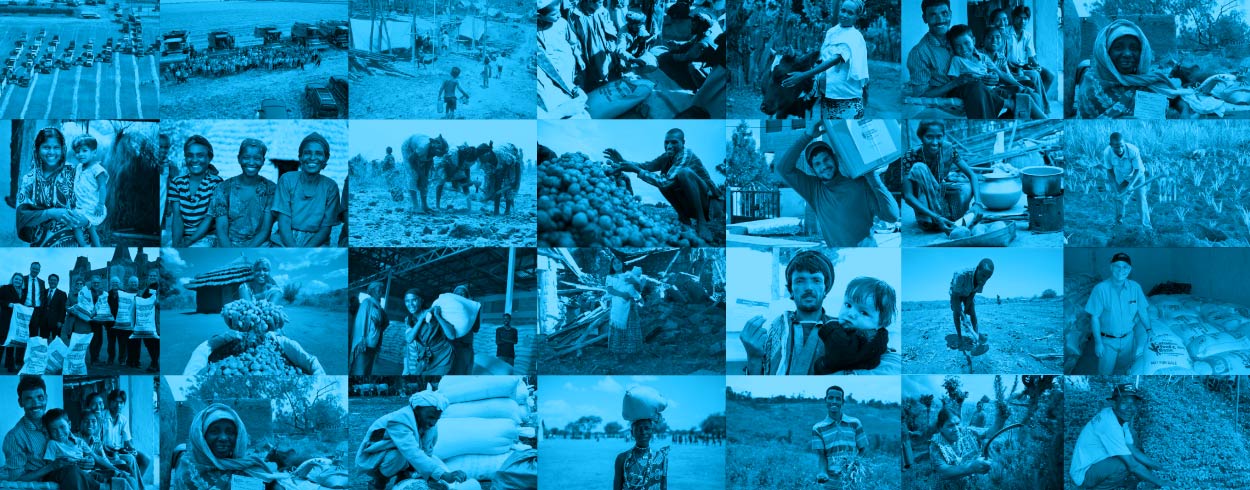We want to hear from you, complete the form above to share your memories!
Guestbook

Share your memories!
Once reviewed your memory may be displayed on this page
1 entry.


Once reviewed your memory may be displayed on this page
